The gentle tree nymph has a reputation for being slow and sleepy - but an unexpected toxin lies within its wings.
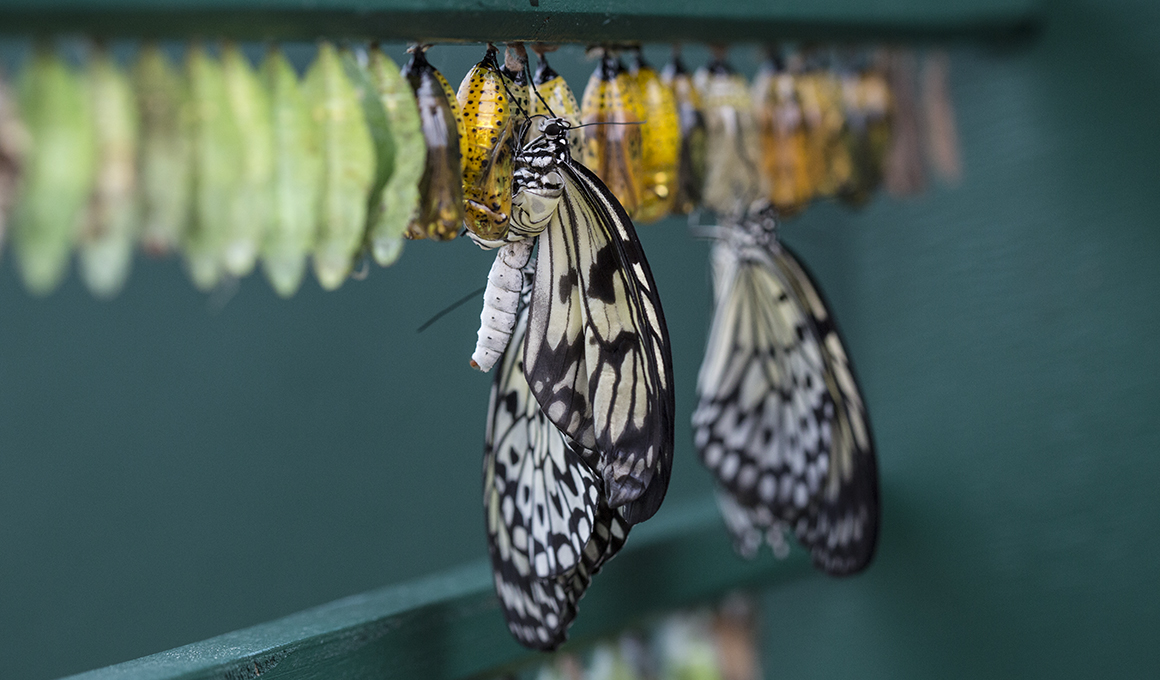
Reminiscent of stained glass, the tree nymph's white wings are almost translucent
Tree nymphs are also known as paper kites, and they have a touch of magic in their rhythmic flight patterns.
In a distinctive slow flight, the butterflies intersperse traditional fluttering with gliding - an easy exercise due to their comparatively large wings and small bodies.
With black veins in their white wings, the species looks striking against the colourful plants in the Museum's Sensational Butterflies exhibition.
Paper kites
The butterfly is native to rainforests and coastal areas of Southeast Asia.
Reminiscent of stained glass, its white wings are almost translucent, and the pupae are a bright gold.
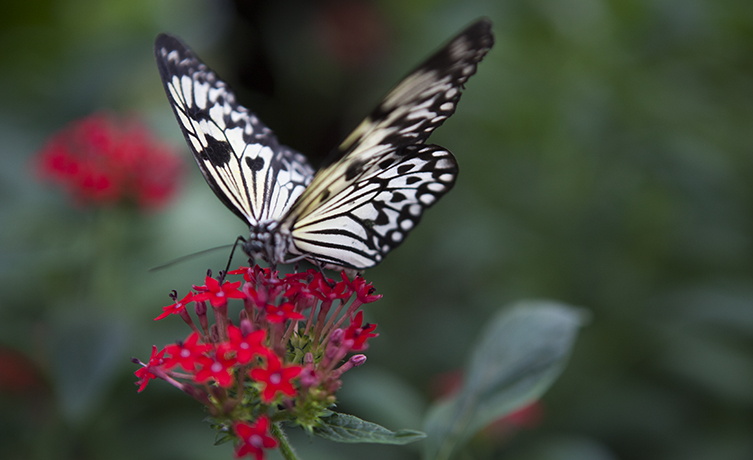
Striking wing patterns signal to birds that the species is toxic
Kerry Calloway, who helps to manage the Sensational Butterflies exhibition, says, 'Sometimes I see this species and I wonder if they have forgotten how to fly.
'I will often see them in the butterfly house floating down from the ceiling without moving their wings, like they are gliding.
'As they approach the floor they will slowly flap their wings once, and go soaring off above the visitors.
'In the rainforests, the tree nymph will usually fly just below the trees in the forest clearings or pathways. They do this in the butterfly house too, gliding high rather than zipping round visitors' legs like some of the other species.'
Deadly wings
Their slow flight could make them a target for predators, but in reality that isn't the case. It actually helps to advertise their toxicity.
The tree nymph is distasteful to birds and other predators. Their bodies contain chemicals obtained as caterpillars, as well as some toxins from adult food sources.
Distinctive markings advertise this, warning birds to stay away.
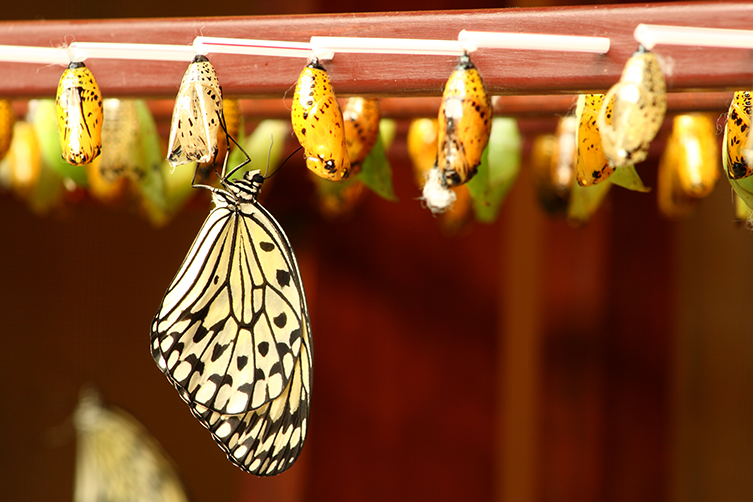
While it transforms, the tree nymph hides in a golden chrysalis © Marcus Miranda/Shutterstock
When the butterflies are feeding, they tend to slowly flutter their wings, and when they rest, they bask with their wings open.
Calloway adds, 'The three nymphs seems to flutter and glide slowly through their environment to ensure any potential predators have a good chance to recognise their warning colours.'
A golden sleep
While in the chrysalis, the tree nymph rests in a bright golden pod decorated with black spots.
The pod's hard, shiny shell helps to protect the developing butterfly from both predators and the environment around them.
It is not known why the shell is so eye-catching, but it may function like camouflage. The metallic colour is hard to pick out against a complicated background.
Calloway says, 'The chrysalis looks like a drop of water, glinting in the light.
'Some people argue that the chrysalis is deliberately bright and colourful to advertise to predators that it is poisonous.
'The tree nymph is very distinctive and it is a joy to see it flying. Some would say its habits are lazy, but it's certainly eye-catching.'
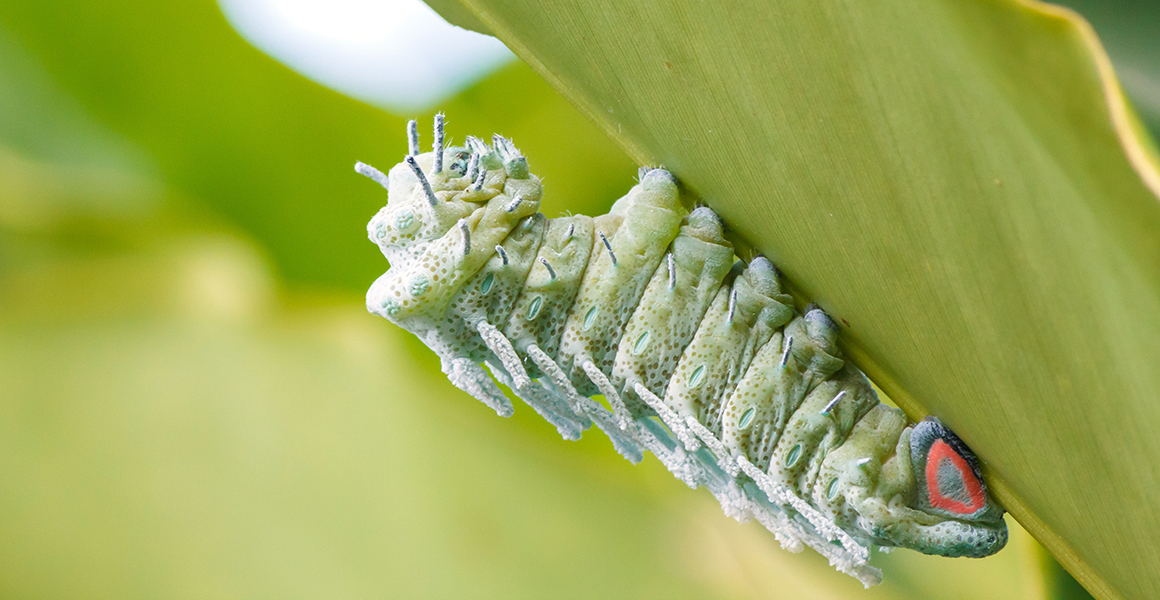
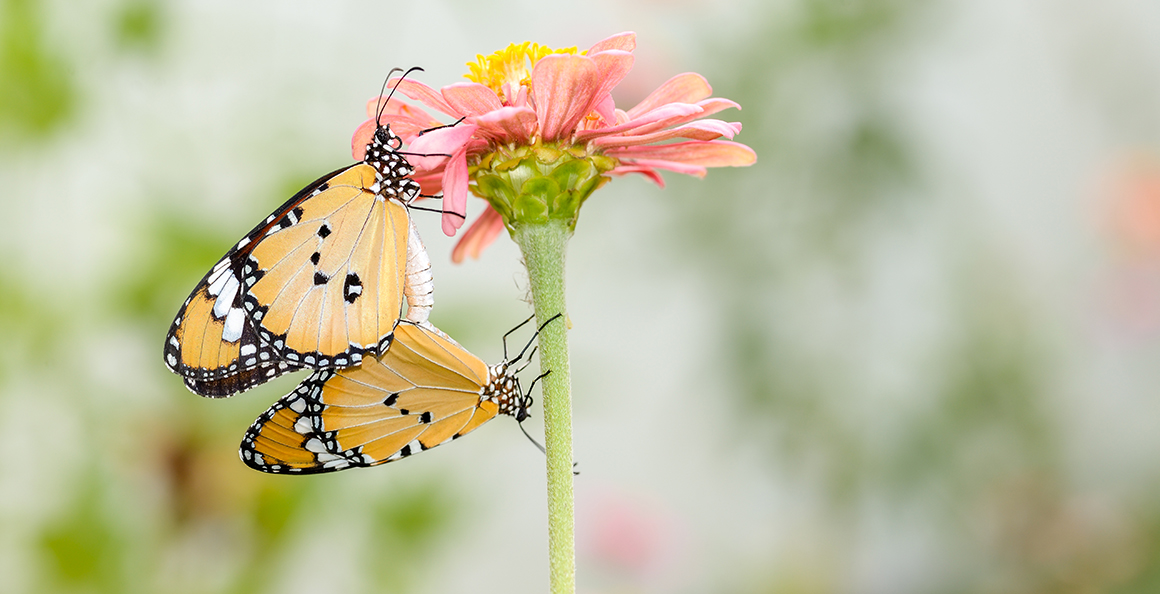
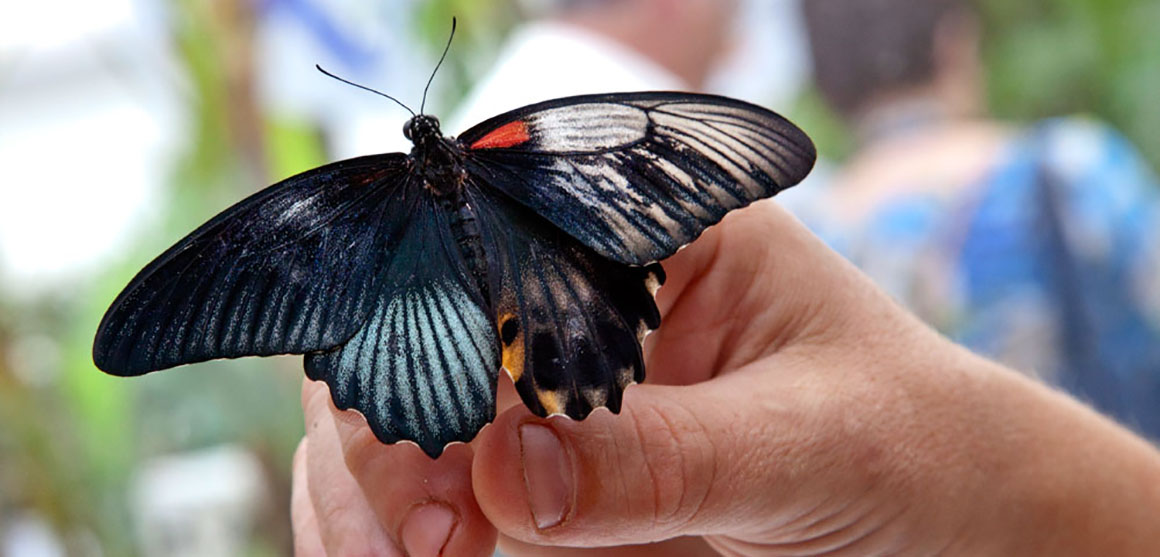
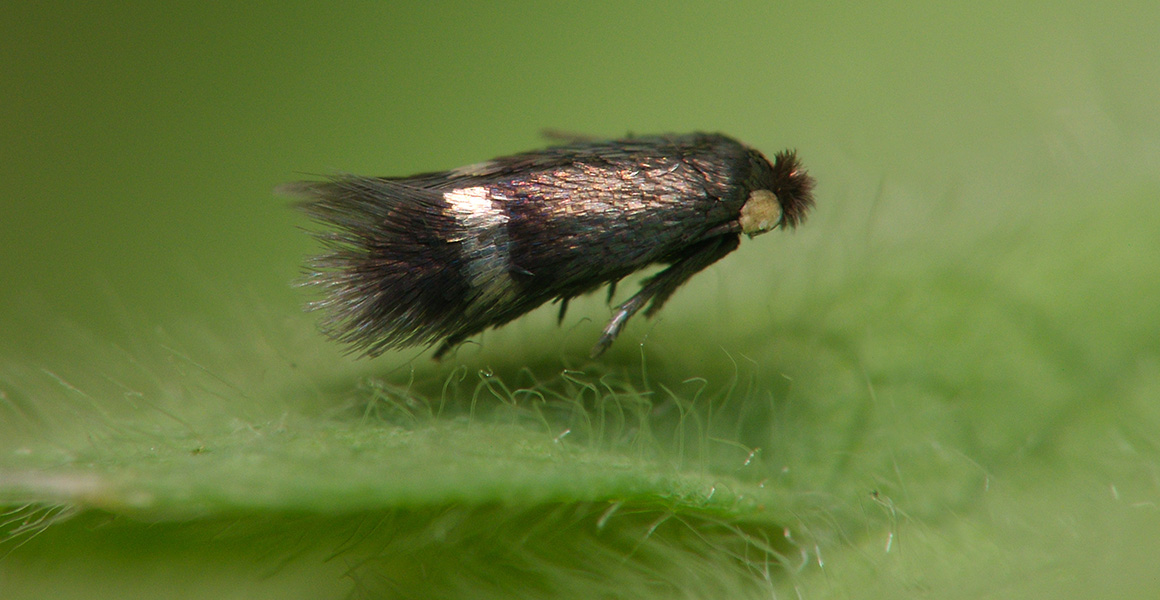
Don't miss a thing
Receive email updates about our news, science, exhibitions, events, products, services and fundraising activities. We may occasionally include third-party content from our corporate partners and other museums. We will not share your personal details with these third parties. You must be over the age of 13. Privacy notice.
Follow us on social media